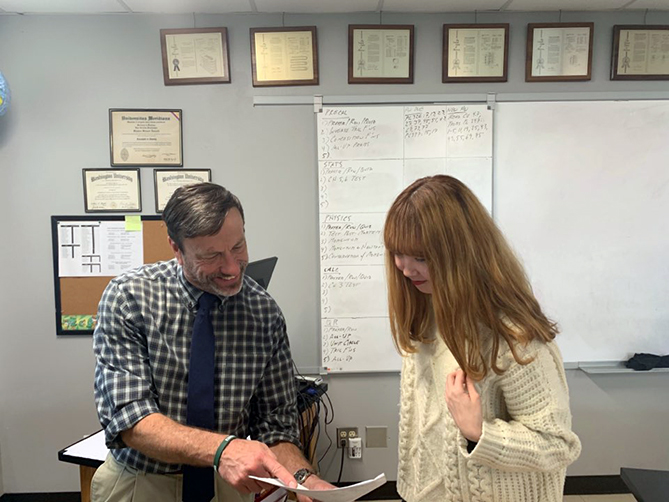In modern democracies, ordinary citizens wield the power to vote and select a small group of representatives who make decisions on behalf of their constituents and, in extension, the public. Ironically, voters are increasingly becoming reluctant to exercise this right; voter turnout has been on the decline in the past few decades in major democracies around the world, including the United States. According to the United States Elections Project, voter turnout in the 2010 midterms election was 41.8 percent; voter turnout in 2014 was only 36.7 percent.
Experts point to political alienation, voter fatigue, and structural barriers as the main reasons for turning voters away from the voting booth. It has been found that some voters feel discouraged to vote, because they have very little faith in the candidates who run on promises that they often fail to keep. Others point to structural biases in the voter registration process and the laws for determining voter eligibility as preventing certain groups from voting.

Moreover, decreasing voter turnout has led to problems related to election fairness in the United States. Low voter turnout has strengthened the influence of “big money” in elections and politics. Political activities have become more prone to influences from lobby groups and wealthy donors, who more often push for policies that benefit the few at the expense of the many.
There have been efforts by local, state, and federal governments to reduce the influence of big money in elections and politics. Recently, cities have tried to integrate big data and technology into the voting process to create fairer elections and increase voter participation.
According to Brady McCoy, who teaches the Government class at Bishop Thomas K. Gorman High School, “Seattle has recently come up with the ‘Initiative 122,’ a citizen-led initiative that has enacted several campaign finance reforms to change the way campaigns are financed for Seattle candidates. Under the new reforms, each Seattle voter is given a $25 coupon that he or she can use to support the candidate of their choice. These so-called “democracy vouchers” encourage voters to participate in the voting process and increases transparency by making it clear to the public which candidate has received the most support from voters and small donors. They also allow candidates to spend more time on non-fundraising campaign activities.” In distributing these democracy vouchers, the Seattle government uses data technology to efficiently collect data about the city population and people eligible to vote. The same task of collecting voter information and distributing democracy vouchers to individual voters was not possible before such a technology was introduced and made available for use on a city-wide scale.

My friends and I also worked on a research assignment on the topic of declining voter participation in the election process. We looked into ways how blockchain technology, a growing list of records that are linked using cryptography, can be used for electronic voting systems to potentially solve third party intervention and other illegal activities during elections. By moving voting systems into blockchains, local and state governments can increase not only transparency but also protect voter information and privacy. Voter identity and voting information can be stored in pockets of central servers to reduces the possibility of hacking. Voter data mining, online polling, electronic voting booths, and emails also allow the voting process to be more convenient, enabling more citizens to vote online rather than having to visit an offline polling booth. And by using big data, candidates can find effectively communicate with their constituents and encourage voter participation in the election process.

Chanah Hwang
Senior(Grade 12)
Bishop T.K Gorman Catholic High School

